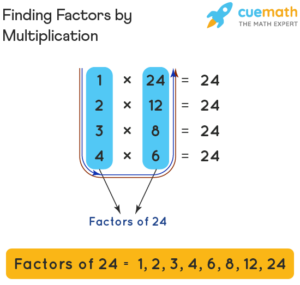Exposure to Polychlorinated Biphenyls and Pesticides May Increase Likelihood of Childhood Leukemia
 In a study recently published in Environmental Health Perspectives entitled Residential Exposure to Polychlorinated Biphenyls and Organochlorine Pesticides and Risk of Childhood Leukemia, scientists explain that exposure to polychlorinated biphenyls and organochlorine pesticides, two chemicals used commonly after World War II, may be responsible for increased numbers of childhood leukemia showing up in the population. These environmental contaminants are persistent in the environment and can bioaccumulate in the food chain, increasing their potency.
In a study recently published in Environmental Health Perspectives entitled Residential Exposure to Polychlorinated Biphenyls and Organochlorine Pesticides and Risk of Childhood Leukemia, scientists explain that exposure to polychlorinated biphenyls and organochlorine pesticides, two chemicals used commonly after World War II, may be responsible for increased numbers of childhood leukemia showing up in the population. These environmental contaminants are persistent in the environment and can bioaccumulate in the food chain, increasing their potency.
Though these chemicals, including polychlorinated biphenyl (PCB) congeners and the pesticides α- and γ-chlordane, p,p′-DDT (dichlorodiphenyltrichloroethane) , p,p′-DDE (dichlorodiphenyldichloroethylene), methoxychlor, and pentachlorophenol, were largely banned from use in the US, because of their persistence they remain in nature and are commonly found indoor in carpets where they are protected from the elements that would otherwise break them down. Children can ingest these chemicals through inhalation.
Leukemia is the most common childhood cancer and is yet poorly understood, so these scientists were anxious to shed some light on why there has been such an increase in this disease. Eighty percent of all childhood leukemia cases are acute lymphocytic leukemia, with the greatest risk of contraction of the disease to children between the ages of 2 and 5. Incidences of this disease increased sharply between 1975 and 2004.
By testing the carpet dust in children’s homes against their age, sex, race, and maternal residence, they determined that there is a two-fold increased risk of all types of leukemia where PCB congeners were detected in the carpet dust.
This is perhaps yet another argument for being very careful with what chemicals we use indoors and outdoors. Choosing nontoxic personal care products [], foods, and cleaning products, and being careful to use chemical-free products in our gardens and on our lawns may just protect our children from deadly diseases such as these. Caution, not naïve optimism, is called for when considering new ways to dose the earth with toxins.

